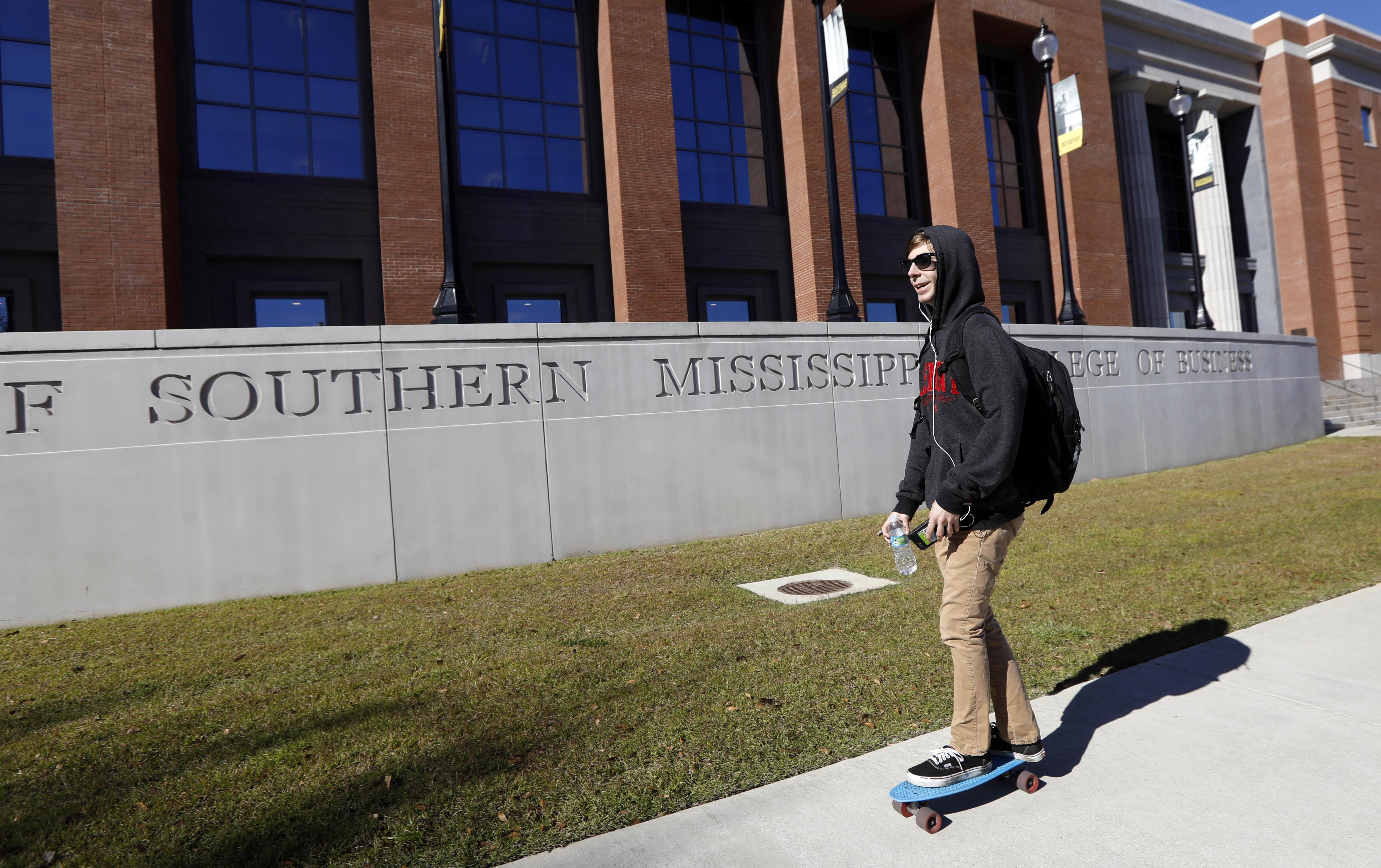Kristi Motter is the vice president for student affairs and enrollment management at the University of Southern Mississippi.
“Typically, when a student graduates, they are in a six month grace period,” she said. “One thing to keep in mind though, if you've utilized a portion of that grace period previously, they deduct that from the six months. So you're only allowed one six month period in aggregate.”
Motter says it’s important for graduating students to understand when the repayment of their loans actually begins.
“If you return for a second degree and you've used, say, three months of your grace period when you finish that second degree or are no longer enrolled, you're only going to have three months left of the grace period,” she said. “So knowing exactly when the repayment begins is very, very important. Additionally, if you are in a situation where it’s a difficult repayment option, you can consolidate those loans. You can seek an alternative lender or you can apply for forbearance or a reduction in payment for loss of income, loss of job.”
The U.S. Department of Education will resume involuntary collections on defaulted student loans. Borrowers should have received email correspondence on their status if they are in default. If their loans remain without any payments, agencies used by the education department will seek to garnish borrower’s income tax refunds. They may later pursue wage garnishments, after sending notice to borrowers.
Motter says borrowers can check on their status through their FAFSA or their loan portal.
“The loan volume typically shows up on the FAFSA data each year,” she said. “They are really good about communicating those student loan options and aggregate debt limits. We have students who, if they miss it on the FAFSA report, they can log into a portal and review their payment options.”





